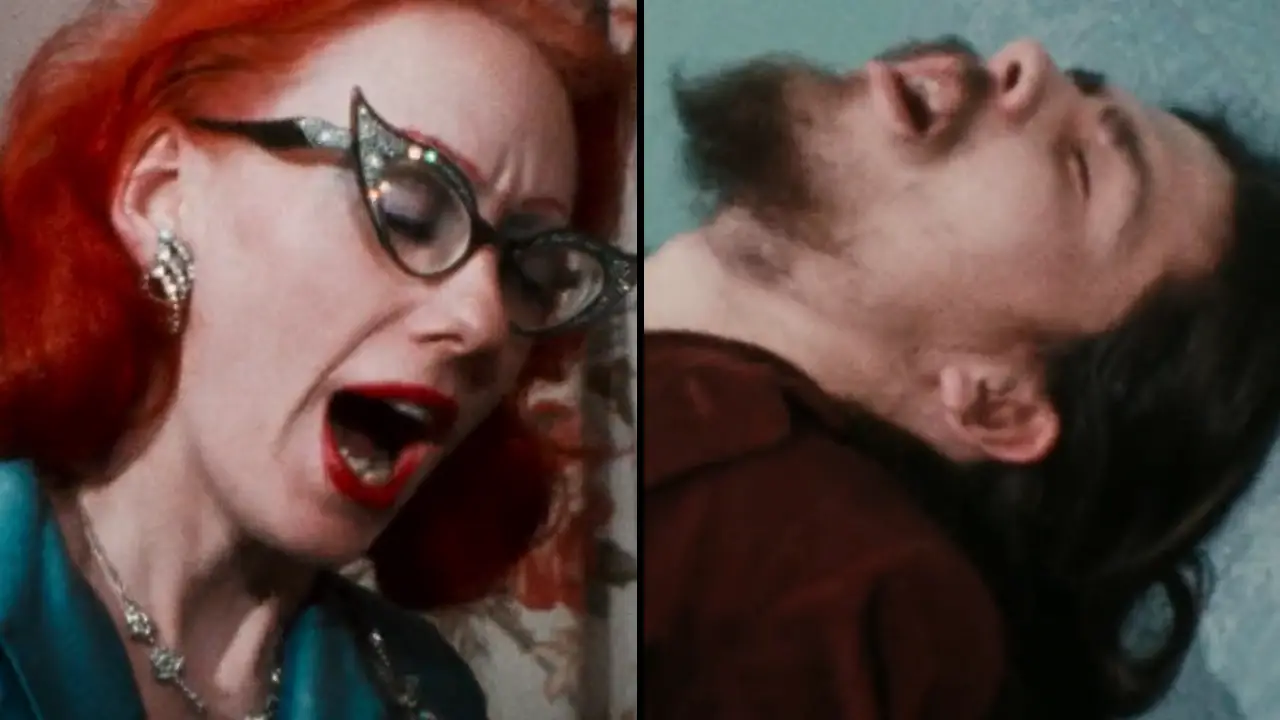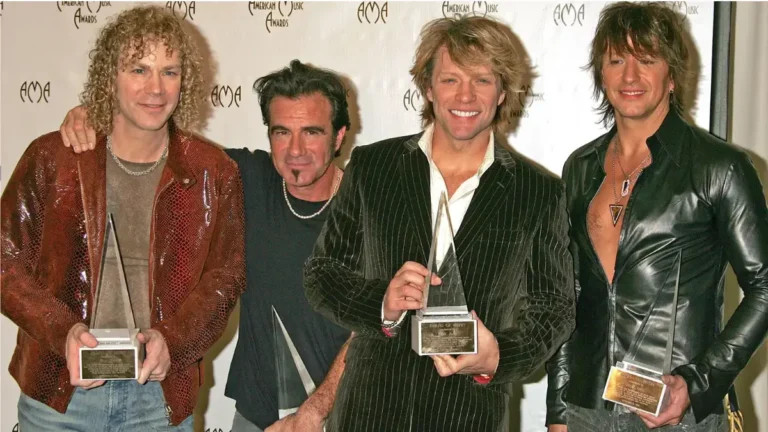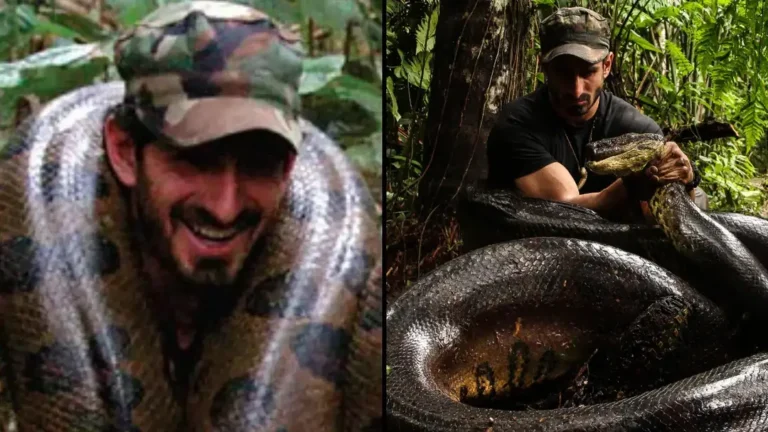Directed by John Waters, this film stands as one of the most infamous entries in underground cinema history.
Originally shot in 1972, it didn’t see wider availability until 1989, when a distributor submitted it to the British Board of Film Classification (BBFC) for an official rating.
The BBFC agreed to issue an 18 certificate but insisted on removing three minutes of footage due to its extreme content. According to the BBFC’s website, one of the censored scenes involved chickens being roughly handled and killed during a disturbing sexual assault. Another featured a man flexing his buttocks in close-up to create the illusion of it “singing.”
Some of the film’s most notorious moments had to be cut before it could be legally released in the UK. For many viewers, the movie’s content is so shocking they instinctively cover their eyes during certain scenes — a reaction Waters fully anticipated.
In his memoir Shock Value, Waters reflected: “To me, bad taste is what entertainment is all about. If someone vomits watching one of my films, it’s like getting a standing ovation.”
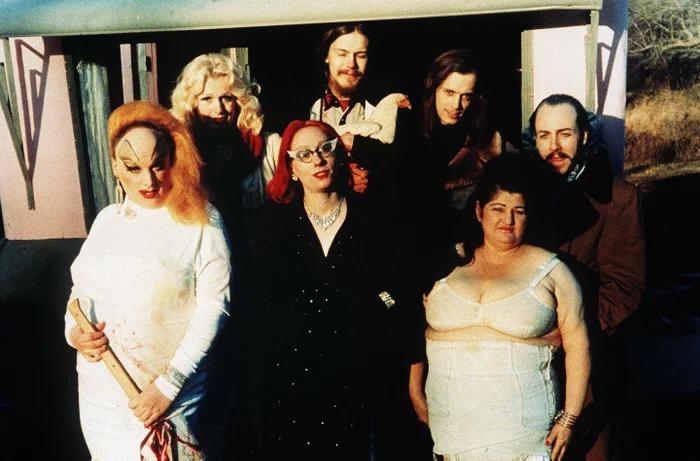
Beyond its political undertones, the film also foreshadows elements of punk rock with its rebellious fashion, anarchic energy, and use of 1950s rockabilly music.
It shares themes with 1970s horror films like The Texas Chain Saw Massacre and The Hills Have Eyes, both of which feature degenerate misfit families.
It even predates the media’s obsession with glorifying criminals, a theme that would later be explored in Natural Born Killers (1994).
The film’s unconventional plot revolves around Divine, an iconic drag performer whose real name was Harris Glenn Milstead.
In the film, Divine portrays a woman also named Divine, dressed in a tight, shimmering gown, sporting exaggerated makeup and an enormous, backcombed hairstyle.
Branded in the media as ‘the filthiest person alive,’ Divine goes into hiding under the alias Babs Johnson.
She shares a derelict trailer home with her son (Danny Mills), his voyeuristic girlfriend (Mary Vivian Pearce), and her eccentric mother (Edith Massey), a woman obsessed with eggs.
The antagonists, Connie and Raymond Marble (played by Mink Stole and David Lochary), are a couple desperate to claim the title of ‘filthiest people alive.’
Their heinous crimes include abducting teenage girls, keeping them imprisoned in their basement, forcing them into pregnancy, and then selling the newborns to lesbian couples.
They also sell h****n to high school students. Despite these grotesque acts, the film is, in essence, a comedy.
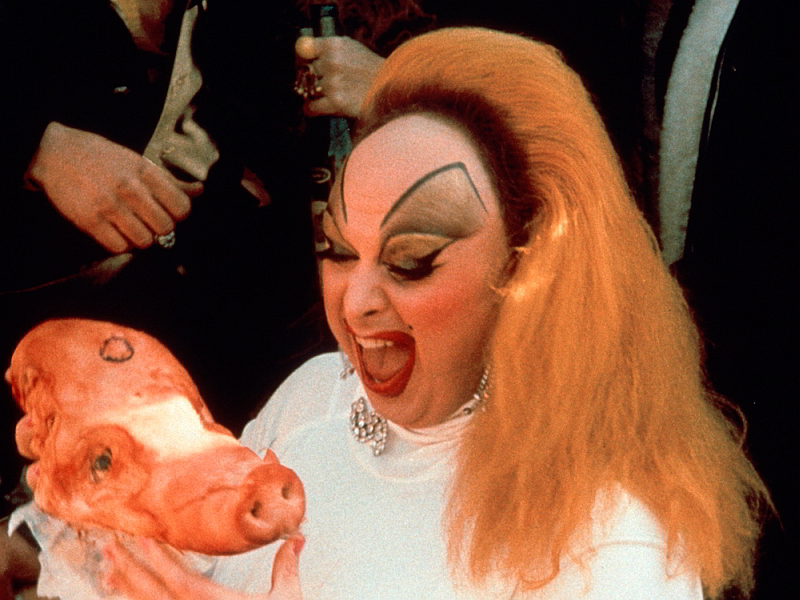
Often hailed as the quintessential cult film, Pink Flamingos was never intended for mainstream acclaim.
“This isn’t a failed film that later attracted a cult following,” explains John Mercer, author of Gay Pornography, in an interview with the BBC. “It was created by an outsider, about outsiders, and existed on the fringes of film distribution and exhibition. It’s the definitive example of cult cinema.”
Director John Waters would eventually find his way to more mainstream projects, helming Cry-Baby (1990) with Johnny Depp and Hairspray, which later inspired a hit Broadway musical. But back in the early 1970s, Waters was working with shoestring budgets, filming in his hometown of Baltimore alongside a motley crew of unconventional friends dubbed the ‘Dreamlanders.’
Most of these collaborators had little to no acting experience, yet they embodied the anarchic, rebellious spirit Waters was determined to capture. As Mercer notes, the characters in Pink Flamingos are “true outsiders who despise society’s conventions.”

The film’s impact on underground cinema was immediate. When it premiered at the Elgin Theater in New York, it became a staple of the ‘midnight movie’ phenomenon.
Crowds would line up night after night, eager to witness something that couldn’t be found anywhere else.
“It’s a carnival movie,” explains Ian Hunter. “A freak show, in the long tradition of exploitation movies that goes right back to the 1920s and 1930s.”
Despite its notoriety, Pink Flamingos remained banned in certain countries, including Switzerland and Austria.
It is notorious for including incest, indecent exposure, and even a scene involving a severed pig’s head.
However, its most infamous moment is the film’s final scene.
As Waters recounted: “It was the first scene I had thought up for Pink Flamingos. I knew I had only $10,000 to work with, so I figured I had to give the audiences something that no other studio could dare give them even with multimillion-dollar budgets.
“Something to leave them gagging in the aisles. Something they could never forget.”
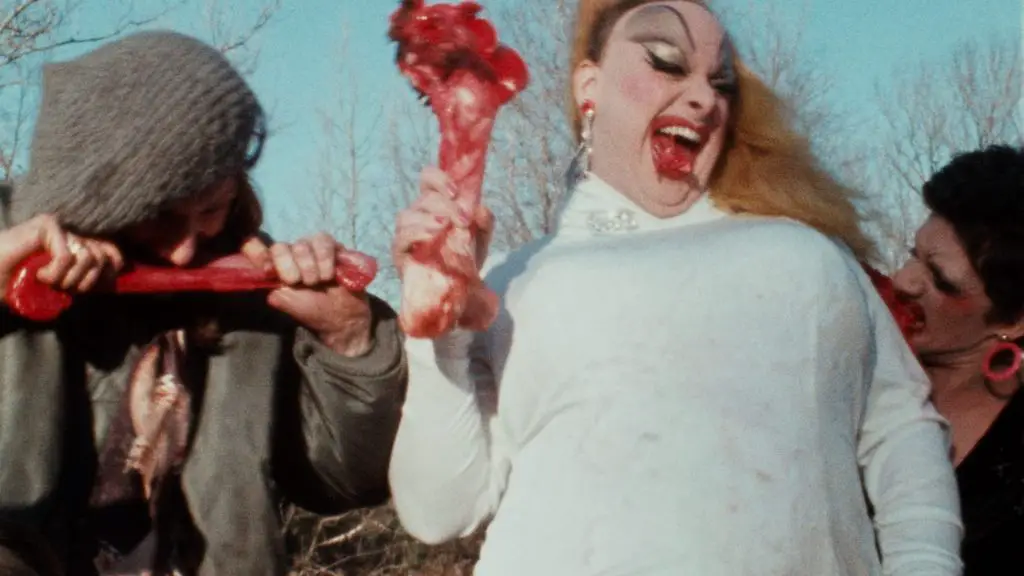
This climactic moment, which involves Divine consuming real dog feces on camera, remains one of the most shocking acts ever captured on film.
As Hunter explains: “It’s partly about proving that you’re hardcore enough to sit through it, and enjoying the fact that you have an alternative aesthetic. You want to be the person who’s laughing at other people gagging. It becomes a collective ritual.”
Watching Pink Flamingos in a theater setting, surrounded by an audience that is either cheering or recoiling, provides a uniquely transgressive experience.
While Pink Flamingos is undeniably grotesque, its influence extends far beyond shock value.
As Waters himself put it: “It’s easy to disgust someone… but this, he added, would not be ‘very stylish or original.’” Instead, he crafted a film with a distinctive satirical edge, a deliberate challenge to social norms, and a message that was ahead of its time.
Film scholar Gary Needham notes that Pink Flamingos: “pushes back against the liberation-era gay politics of the 1970s, which were about being nice and fitting in, and anticipates the radical queer politics of the 1990s which were about a refusal to assimilate.”

